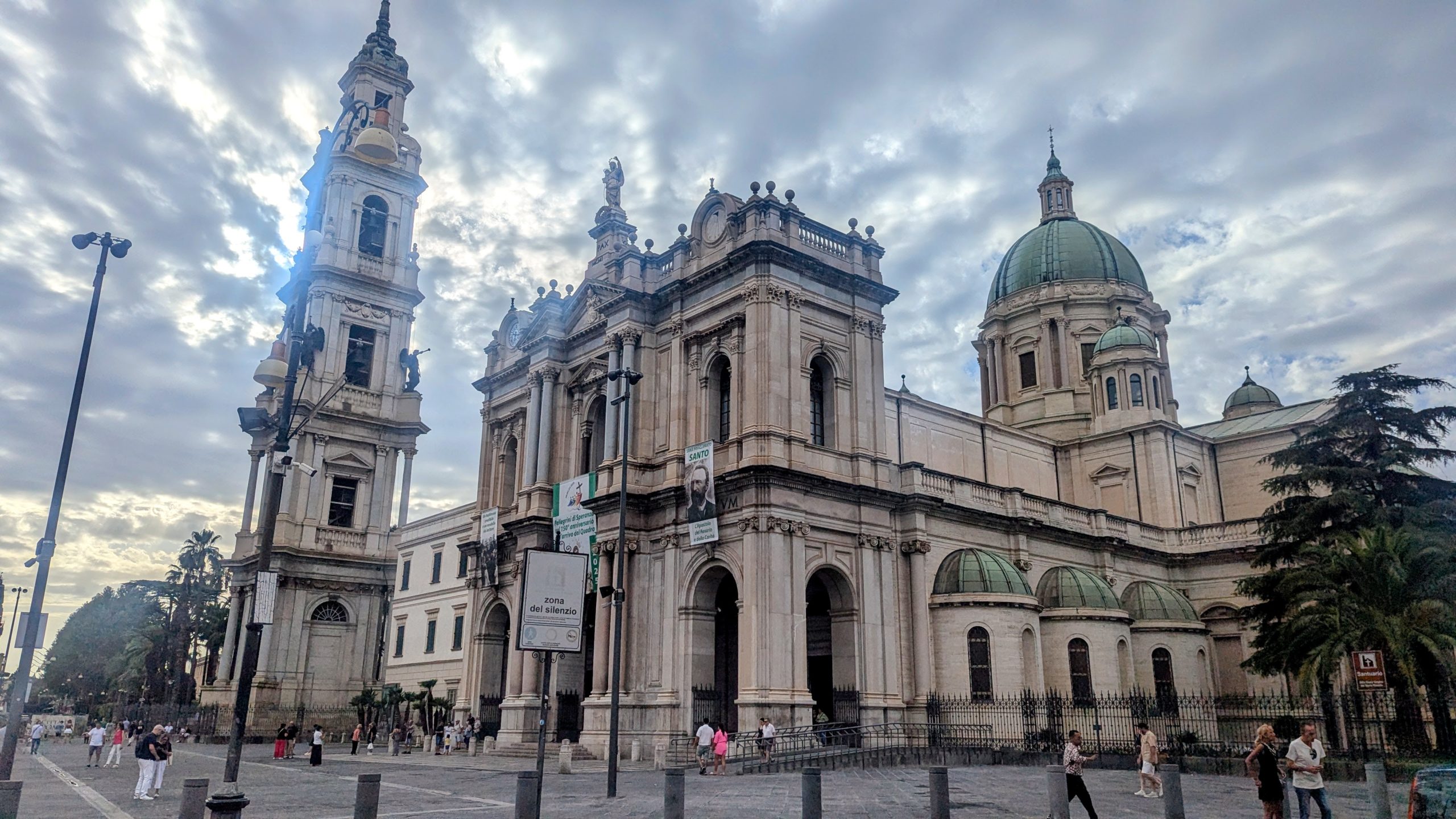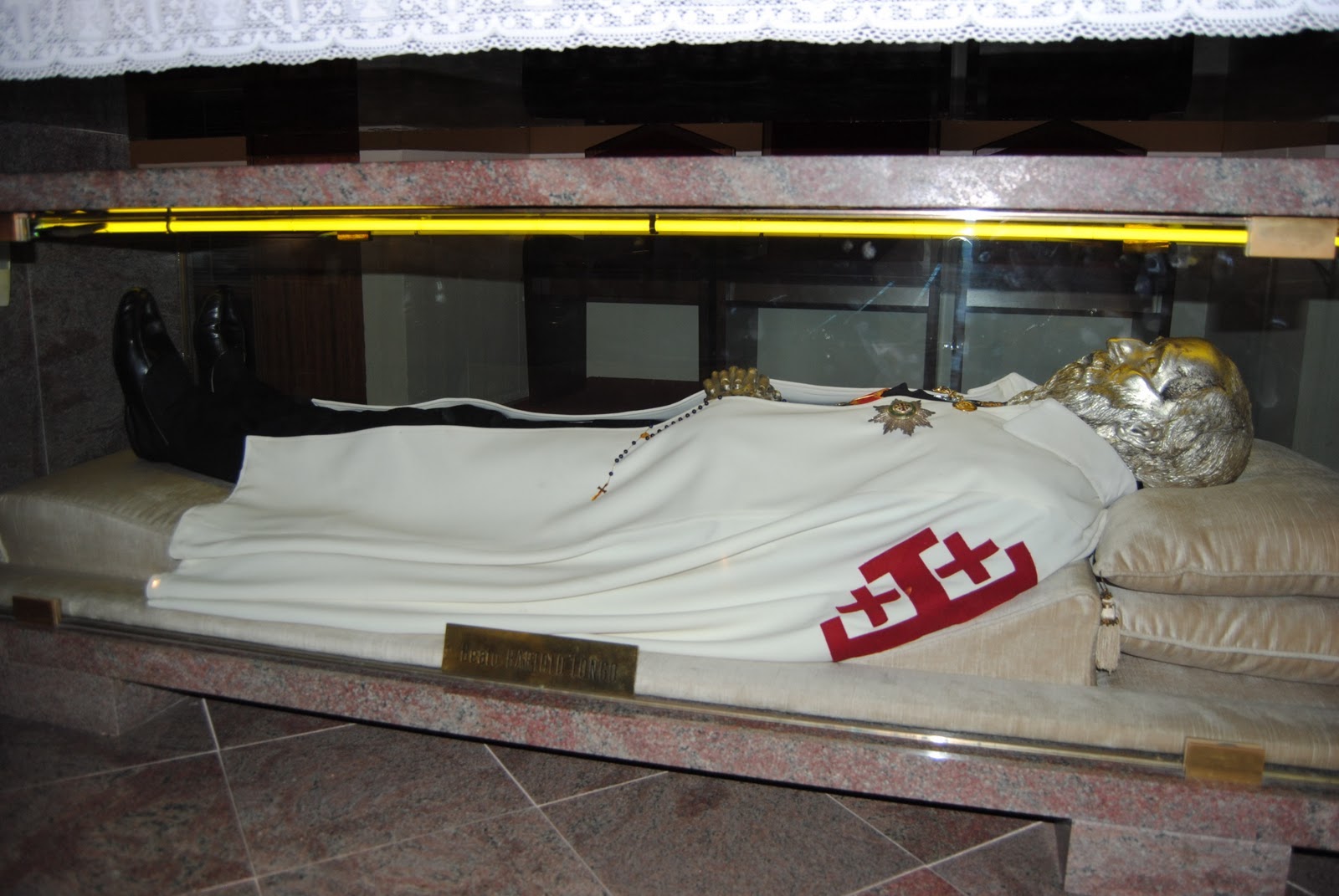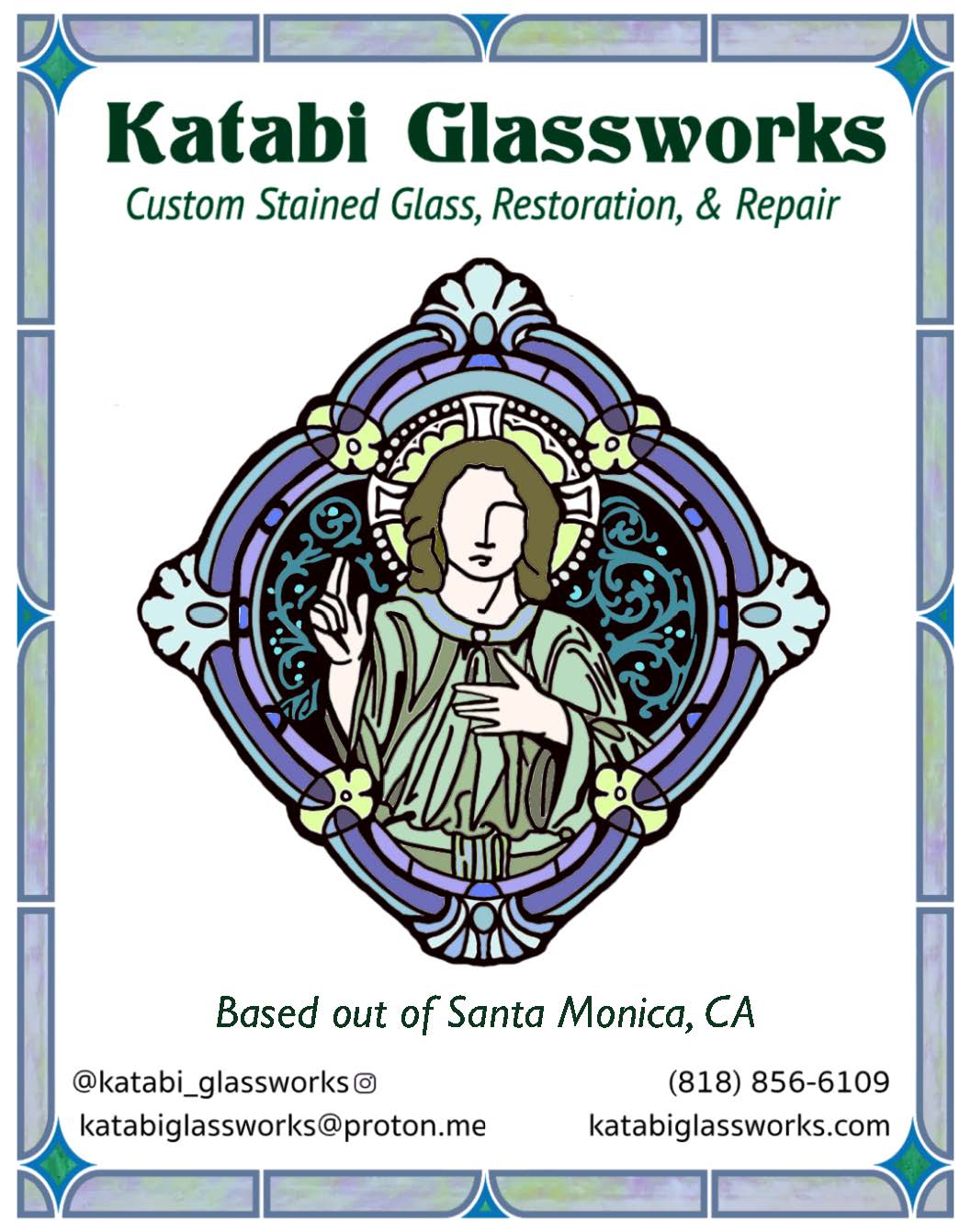Bartolo Longo was a man devoted to science and new ideas. He was also a priest of Satan in thrall to the most ancient superstitions.
If these commitments seem today to be in contradiction, they were quite commonly joined 200 years ago. That historical truth, however, is often obscured by the labels of historians.
The “Age of Enlightenment” is what textbooks call the period of philosophical and social revolutions that flourished first in the 18th century. In America and in France, people had risen up against their kings, disestablished national churches, and proclaimed a new kind of nationalism based not on custom and religion, but on empirical science and reason.
In the decades that followed, the same revolutionary spirit spread across Europe, culminating in 1848, known as the Year of Revolutions. Uprisings took place all across the continent, threatening the established order in more than 50 countries, from Ireland to Poland.
That year Longo was 7 years old, and in the Italian peninsula a revolutionary movement was gaining momentum. The Risorgimento (Resurgence) was led by a charismatic, passionate general named Giuseppe Garibaldi, and its program was the “liberation” of Italy and the unification of its many regions in a single republic. Garibaldi’s motto was “Free from the Alps to the Adriatic.”
The Longo family was well off and devoutly Catholic. When Longo was 10 his father died, and his mother then married an attorney. As he grew, Longo became caught up in the spirit of Risorgimento.
The movement’s great obstacle was the papacy. The popes, who had steadily resisted revolutionary ideas, ruled over a large portion of Italian territory, the Papal States, with Rome as their capital. Because of its history as the center of a worldwide empire, Rome was symbolically important for Garibaldi. His program became increasingly anti-Catholic and anti-clerical. Eventually his goal was to eradicate the very office of the papacy.
In 1861, young Longo enrolled in the University of Naples to study law, and there he encountered others who were excited by revolutionary ideas.

Years later he recalled that in youth he “grew to hate monks, priests and the Pope, and in particular the Dominicans, the most formidable, furious opponents of those great modern professors, proclaimed by the university the sons of progress, the defenders of science, the champions of every sort of freedom.”
But he learned that the Enlightenment project wasn’t all about science, reason, and politics. In Italy, as elsewhere, revolutionary ideas were often bound up with occult practices, such as freemasonry, spiritualism, magic, and devil worship. Longo began attending seances and joined a satanic cult. His was not a casual membership. He was made a priest of satanism, conducting diabolical rituals for almost a decade. He experienced spiritual prodigies, such as visions of the devil, that seemed to confirm the power of the occult.
Yet with the passage of years he became increasingly depressed, anxious, and confused. The stress began to affect his bodily health.
A university professor who was Catholic, Vincenzo Pepe, noticed Longo’s decline and confronted him, warning him that he was on the path to madness in this life and damnation in the next.
He moved in with Pepe and committed himself to serving the poor and the incurably sick, even as he continued to practice law. Physically and mentally he began to heal. But spiritually he continued to be tormented by memories of his own blasphemy. He worried that he still belonged to Satan and could not be saved.
Then one day he recalled the words that the Blessed Virgin Mary, according to tradition, had said in an appearance to St. Dominic: “Anyone who propagates my rosary shall be saved.”
So he began to promote the prayer. He founded the Shrine of the Virgin of the Rosary in Pompeii.

He found peace, and he began to promote the rosary as a means of peace, personal as well as civil, for he saw that the romantic nationalism of the Enlightenment was now propelling the governments of Europe toward a war that could only be catastrophic in its effects.
He campaigned tirelessly for peace and was nominated for the Nobel Prize. The Nobel committee, which tended to favor the values of the Enlightenment, dismissed him because of his religious associations. Nominated again for his humanitarian work, he was ignored again.
In 1885, at the urging of Pope Leo XIII, Longo married the Countess Mariana di Fusco, but it was their choice to observe celibacy within marriage. Together they worked at the causes they shared — the rosary and relief for the poor. Longo died in 1926 at age 85.
His devotion to Our Lady of Pompeii spread, and parishes have been named for her throughout the world, from Yoogali, Australia, to Marsaxlokk, Malta, to Bridgeport, Connecticut.
In 2002, St. Pope John Paul II brought Longo to the notice of many by promoting his five “Mysteries of Light” or “Luminous Mysteries” for meditation in the prayer of the rosary — adding these to the three traditional sets of mysteries, the Joyful, Sorrowful, and Glorious.
On Oct. 19, 2025, Bartolo Longo will be canonized a saint — by another Pope Leo. He’s come the longest possible way since his days as a satanist priest.

